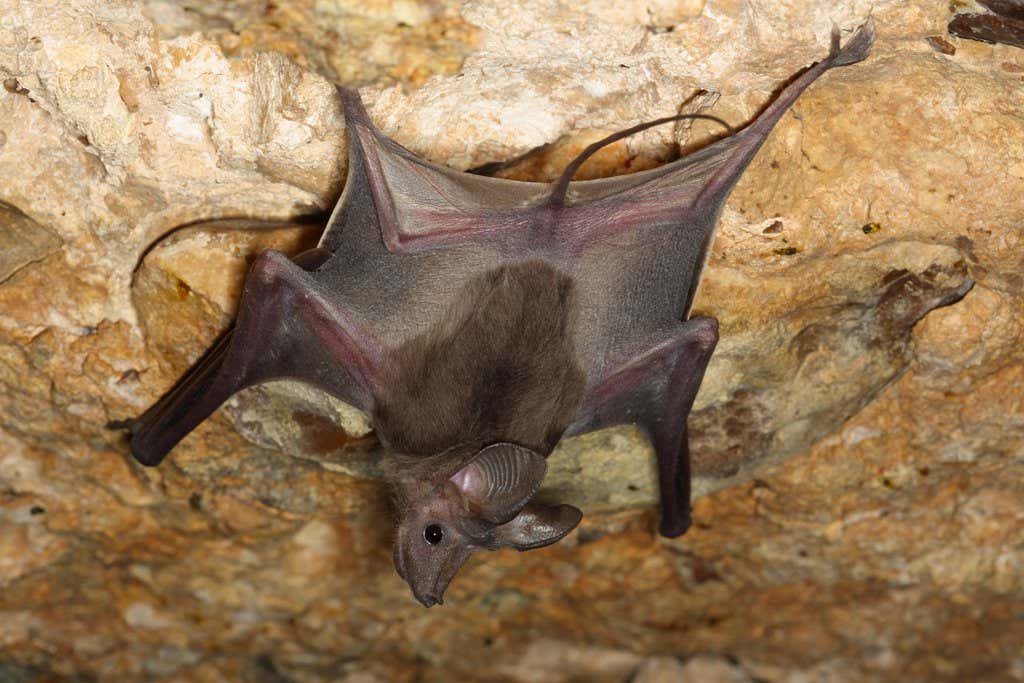Now Reading: Backwards-Walking Bats Reveal Unique Navigation Strategy
-
01
Backwards-Walking Bats Reveal Unique Navigation Strategy
Backwards-Walking Bats Reveal Unique Navigation Strategy

Swift Summary
- Species Observed: Greater mouse-tailed bats (Rhinopoma microphyllum), known for their long tails.
- Behavior: These bats navigate small caves by crawling backwards along walls, using their tails as sensory tools.
- Research Experiments:
1. A maze simulated cave terrain where researchers measured movement speed and smoothness with natural and anaesthetized tails.Anaesthetized bats navigated slower (10% reduction) and less smoothly, though they still completed the maze using other senses.2. A Y-shaped maze tested the ability to distinguish corridor textures linked to a reward.Bats differentiated subtle texture differences (gratings spaced at 1 cm vs. 1.5 cm).
- Findings: Their long tails play a important role in navigation but are not the sole means of sensing obstacles.
- Uniqueness: No other bat species is currently known to use long tails for backward navigation.
Indian Opinion Analysis
The study highlights an intriguing example of biological adaptation among Greater mouse-tailed bats,showcasing how animals thrive in specialized environments like caves through unique strategies such as tail-based navigation. For India, which is home to diverse bat species contributing significantly to ecosystem balance through pollination and pest control, this research reinforces the importance of conserving these often-underappreciated mammals amidst increasing habitat fragmentation.
The findings also underline broader scientific avenues that could explore similar adaptations in native wildlife-perhaps aiding better management practices in protected areas like caves or forests where India’s rich biodiversity resides. As science deepens understanding of bat behaviors globally, such cross-species studies might have applications extending into bio-inspired technology progress related to tactile sensing or robotics.

























